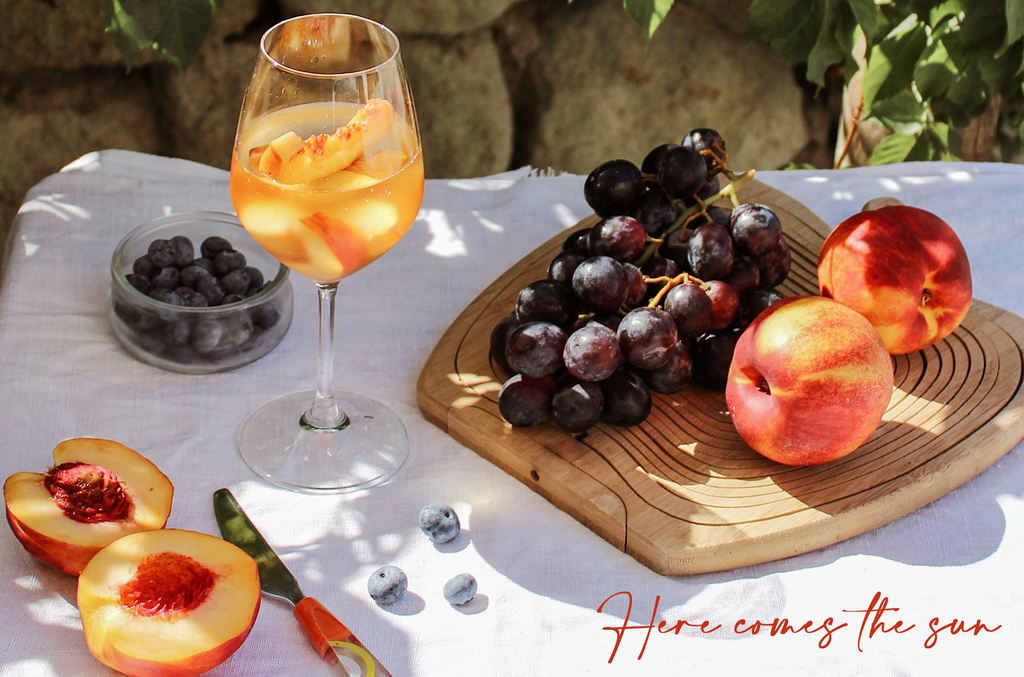Petit Verdot
Pronunciation: Ptee-verhdoh


Early budding but late ripening – even later than Cabernet Sauvignon. Fertile and fairly productive. Well suited to gravel soils. Sensitive to drought. Small berries with thick skins and thus good resistance to botrytis bunch rot. Coll weather conditions can sometimes lead to a proportion of small, seedless green berries.
When fully ripe – not always easy to achieve in Bordeaux – Petit Verdot produces wines that are powerful, rich, deeply colored, tannic, and age-worthy, often spicy and with good levels of alcohol and acidity in the best sites. Today it generally plays a small part in the Bordeaux blend but in the nineteenth century, according to Bordenave et al. (2007), Petit Verdot was the dominant variety in the Queyries vineyards on the left bank of the Gironde, what is now the Bastide area of the city. Even though the planted area has declined since then, the variety’s qualities and contribution are highly prized in the best vintages – except that ironically the best vintages are often those when that contribution is least needed to enrich the Cabernet and Merlot. Wines that benefit from a relatively high proportion of Petit Verdot in some years include Châteaux La Lagune, Léoville Poyferré, Margaux, Palmer, and Pichon Lalande.
A complete guide to 1,368 vine varieties, including their origins and flavors
Jancis Robinson, Julia Harding, and Jose Vouillamouz
Published by the Penguin Group
- Tags: wine 101
← Older Post Newer Post →







